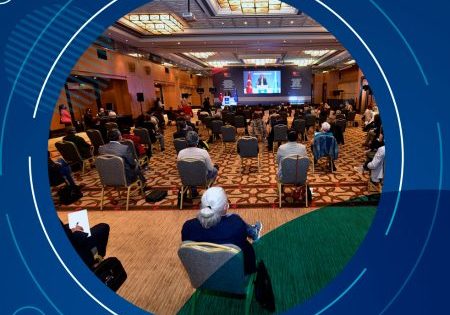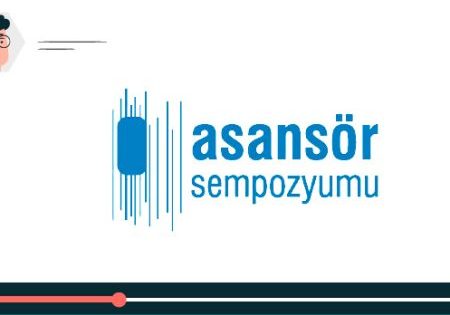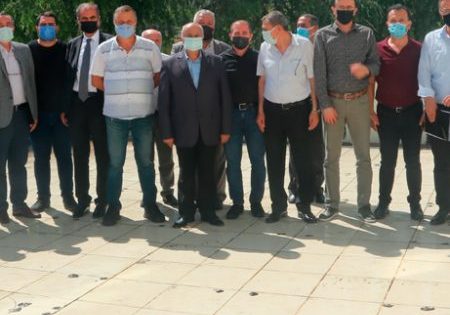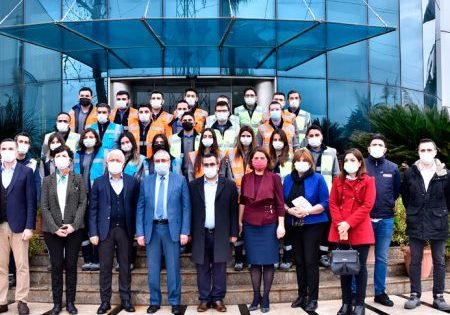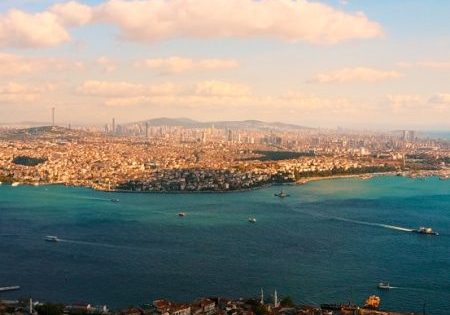On June 21, 2021, the Council on Tall Buildings and Urban Habitat Turkey (CTBUH) held an online webinar on Zoom on “Explosion and Fire Safety in High-Rise Buildings.”
At the event moderated by CTBUH Regional Committee Co-President Burak Yılmaz, Associate Professor Ali Sarı from Istanbul Technical University made a presentation
titled “The Impacts of Explosions in High-Rise Buildings,” and Associate Professor Serdar Selamet from Bosporus University made a presentation on preparing fire-risk maps on an urban scale for high-rise residential buildings.
Opening the webinar, CTBUH Turkey representative Mehmet Sami Kılıç gave a welcome speech. Kılıç introduced CTBUH and made a general assessment, emphasizing that CTBUH was a nonprofit organization on a global basis working for the future of the cities and invites all related parties to contribute to the concept of sustainable vertical urbanism.
Associate Professor Ali Sarı from Istanbul Technical University made a presentation on “The Impacts of Explosion in High-Rise Buildings.” Sarı spoke about previous accidents and events, and also mentioned some basic concepts in order to understand the effect of explosions in general. He gave information about the explosion in Ronan Point Building in England in 1968, the explosion in the Alfred P. Murrah Federal Building resulting from the terrorist attack in Oklahoma in 1995 and the building destroyed when the planes crashed into the World Trade Center in New York City in 2001.
Sarı emphasized the importance of keeping the parks away from the buildings, rather than strengthening the buildings against explosions and terrorist attacks, and with examples explained how the faҫades and windows were affected from their explosions.
Sarı also informed the audience about the explosion in front of the HSBC building in Levent in 2003, a terrorist attack to the police headquarters building in Mardin Midyat in 2016 and the explosion at Beirut airport on August 4, 2020.
Sarı stated that the number of deaths and injuries could be less if necessary requirements were fulfilled and safety measures were taken. He also emphasized that the damage could be less if the exploding windows and collapsed façade were upgraded.
Sarı stated that both pressure and time is important at an explosion, and he showed a video about the explosion-proof modular building they constructed in 2007.
Sarı also gave information and showed some examples about the strength tests on windows and faҫades.
Then, Associate Professor Serdar Selamet from Bosporus University gave a presentation on “Preparing a fire-risk map on an urban scale for high-rise residential buildings.” Selamet stated that the number of high-rise buildings in Istanbul increases each year, and explained that buildings with 15 and more floors are called high-rise buildings in the fire code. He said there are 1,167 buildings above 15-stories in Istanbul.
Selamet said that the fire-risk map is prepared by comparing evacuation time of the building and arrival of the fire brigade in case of fire, and underlined that the design and fire safety of high-rise of some buildings are not as good as they are for high-rise commercial buildings. Selamet also emphasized that in high-rise buildings fire risk increases after an earthquake.
Selamet presented a map showing the distribution of high-rise buildings in Istanbul and also a table containing the number of high-rise buildings. Selamet also showed the floor-area distribution and said,” As much as the floor area increases, the number of people living in the residence also increases. One person lives in each 20 m2, and the number of people to be evacuated also increases as the number of people living in floor areas increase.”
Showing an evacuation simulation case, Selamet said a fire in lower floors increases the evacuation time. He also told about the analysis used for calculating evacuation time, and said when evacuation takes 12-34 minutes and the number of people waiting for being rescued reaches 20 people per floor, then the number of people waiting and the evacuation time increase.
Selamet also said that there are 42 fire stations in Istanbul, and that they generated a fire-risk index about the arrival and evacuation time of the fire department. He also presented a map showing that the fire department could not arrive on time even in low traffic, and in order to minimize the risk he suggested that new fire stations be opened and their capacities updated, in addition to revising the locations of existing fire stations.
The questions of the participants were then answered at the Q&A session at the end of the event.
Get more of Elevator World. Sign up for our free e-newsletter.


